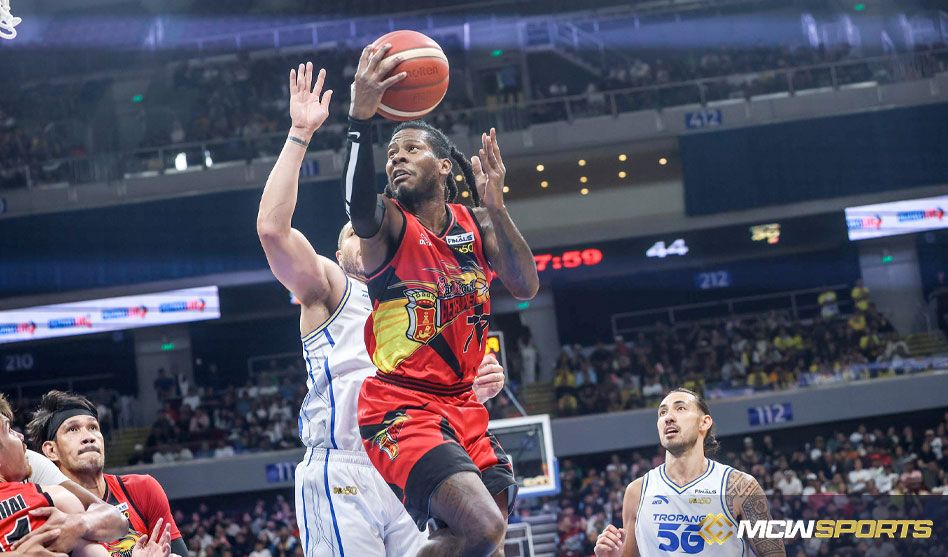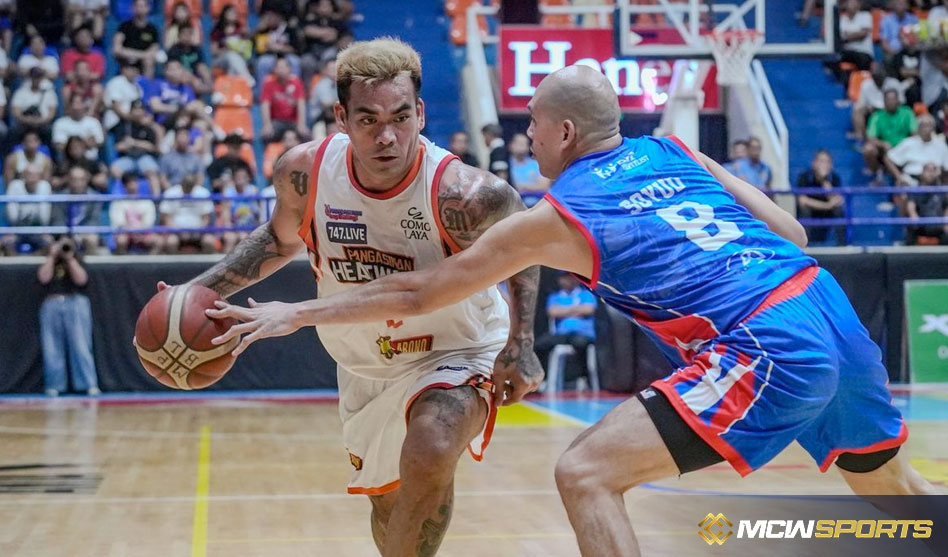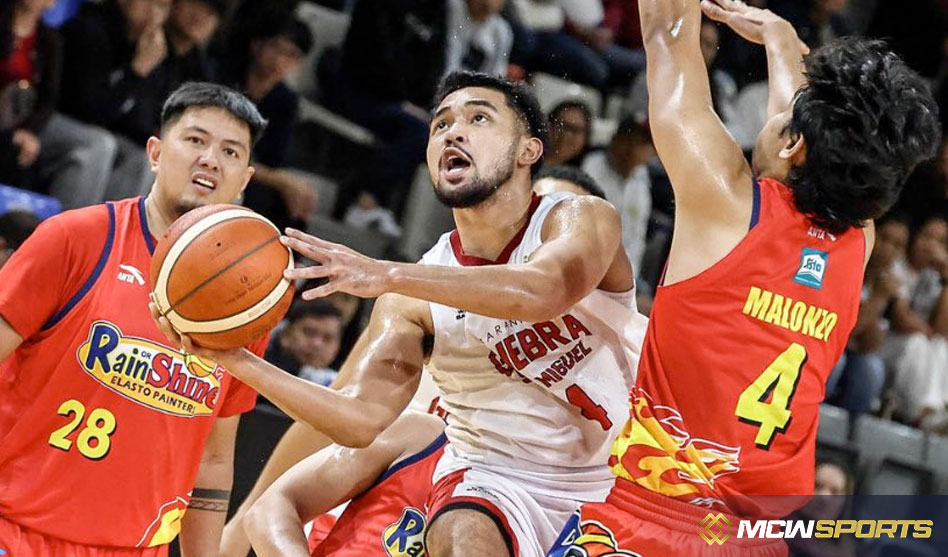MANILA, Philippines – The PBA’s most recent statistics leaders highlight the league’s increasing appreciation for roster depth and the continued domination of veteran stars. With an average of about 23.4 points per game and one of the most offensive loads, CJ Perez of the San Miguel Beermen continues to be the leading local scorer in the Philippine Cup. June Robert Bolick of the NLEX Road Warriors has been the league’s top facilitator with an average of 7.2 assists, while Mar Fajardo, who leads the league with roughly 13.1 rebounds per game, continues to be the inside pillar of San Miguel. These figures show that while star power still drives the league, balanced team structures are becoming more and more important in maintaining winning form over extended periods.
Players like Phoenix’s Jason Perkins, who scored 39 points in one game, have shown how advantageous matchups may result in explosive performances. Imports or bigger forwards continue to play important roles in defensive categories, but native big men like Fajardo are still unrivaled in terms of presence and reliability. Elite rebounding and defensive contributions continue to focus around veteran centers, even while perimeter scoring is comparatively distributed across several guards and wings. The importance of powerful frontcourt players in squads contending for titles is further supported by this tendency.
Another important aspect is revealed by the distribution of minutes. The players with the highest counting stats often clock between 38 and 39 minutes every game. Teams still rely largely on their players, as evidenced by Fajardo’s average of 39.4 minutes in the Commissioner’s Cup and Arvin Tolentino’s 38.9 minutes in the Governors’ Cup. This dependence puts pressure on rotation players to make significant contributions in brief spurts, particularly in back-to-back games or in postseason situations where weariness and injuries frequently decide the outcome. Shallow rotations could have trouble in the end, but deep benches with dependable role players might reduce this risk.
Efficiency continues to be a distinct difference as well. For instance, San Miguel’s team routinely records impressive shooting percentages, dominating in field goals and free throws. For crucial minutes, players who can score goals quickly and with high utilization are preferred. In the meantime, ineffective high-volume shooters run the risk of being benched, especially during close games. This trend highlights the necessity for teams to develop individuals who contribute to the team’s offensive system in addition to producing. It also demonstrates how great efficiency, as opposed to heavy utilization, can help smaller-role players establish their position.
The top teams strategically demonstrate how focusing on particular abilities results in victories. San Miguel maintains leads by combining excellent scoring and rebounding with low turnover rates. When top scorers are aggressively protected, teams with a lot of guard depth, like NLEX with Bolick, can better handle load and maintain tempo. Rebounding is still a crucial component of swing: teams who dominate the boards tend to control the tempo and score second-chance points, while teams that struggle in this area are more susceptible to changes in momentum.
These statistical patterns give bettors important guidance. Player prop bets on scoring totals should consider recent minutes, opponent matchups, and season averages. For example, Perez frequently encounters defensive strategies meant to slow him down; under bets can be worthwhile if he joins a game after a demanding schedule or against top perimeter defenders. His scoring potential rises against clubs with little wing depth, which makes overs more alluring. Similarly, players like Fajardo, who routinely dominate on the boards, benefit from rebound props, particularly when facing teams with smaller or undersized frontlines.
Markets for team betting also show depth and effectiveness. San Miguel is more dependable against point spreads because of their high shooting percentage, especially in close games where free throws are crucial. When tiredness sets in during the second half, teams that are prone to turnovers or rely on short rotations may stumble late, offering live-betting possibilities to support deeper squads. Early in the season, when markets are still adjusting, it is best to gamble on statistical leaders for futures wagers. It’s critical to keep an eye on rotation changes, minor injuries, and player usage patterns. If matched to an opponent’s weaknesses, like poor perimeter defense or high turnover rates, prop bets on thefts, blocks, or three-pointers can also be beneficial. Ultimately, as momentum and recent workload frequently have a greater impact on results than cumulative statistics, bettors who monitor short-term form rather than just season averages can benefit.

 English
English










